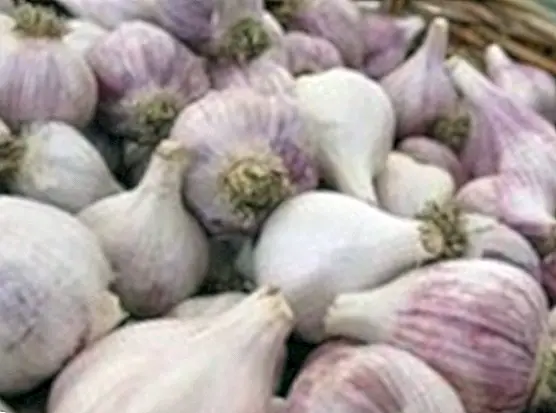Main functions of the lymph nodes: what are they for?
The ganglia (or lymph nodes) are small, encapsulated and oval structures that are interspersed in the path of the lymphatic vessels. That is to say, they consist of masses of tissue that we find located along the different lymphatic system pathways. It is estimated that in our body we have more than 500 of these small structures, and although we usually find them quite scattered throughout our body, it is true that in some areas they tend to group in greater numbers. It is the case of the neck, the groins and the armpits.
Internally, the lymph nodes are formed by a series of fibrous trabeculae through which the lymph flows, a transparent fluid that runs through the lymphatic vessels from the blood whose main function is to act as an intermediary in the nutritive changes between the tissues. and the blood. In the ganglia we find a nodule that acts as a barrier against infections, acting as a filter capable of destroying both toxins and microorganisms.

By the time an infection develops, the lymph nodes may grow larger and more painful. It's what happens, for example, when we have an inflammation or throat infection, which in many cases causes inflammation of the lymph nodes located in the neck.
However, when inflammation of the ganglia It persists for more than 2 weeks without there being an apparent cause that causes such enlargement. It is very important for the doctor to study it quickly, since it can be caused by much more serious conditions and conditions.
What are the main functions of the lymph nodes?
There's no doubt The main function of the lymph nodes is of the immune type; that is, they help the immune system in building an adequate immune response. But its operation is much more complicated: when the lymphocytes (a type of white blood cell) detect the presence of pathogens or germs that can cause infections in our body, they get together with the antigens in the different lymphoid organs, among which we find the lymph nodes
These antigens are identified in the lymph nodes by specialized cells (B cells and T cells). When B cell lymphocytes are activated as a consequence of the presence of a particular antigen, they are able to create antibodies specific for that antigen, which is identified as an intruder and labeled for further destruction by other immune cells. While, in the case of T cell lymphocytes, are the main responsible for cell-mediated immunity, participating in the destruction of pathogens.

That is to say, the ganglia act as filters responsible for filtering harmful substances that have reached the lymphatic channels. Depending on the place of the body where these substances are found they will be filtered by some ganglia or by others. For example, the lymphatic drainage of the legs, feet and muscles are filtered by nodes located behind the knees and groin, while the lymphatic channels of the head, scalp and face are drained by nodes present behind the ears , on the back of the head and on the sides of the neck.
There are also deeper lymph nodes that are found inside our body. This is the case of the lymph nodes located between the two lobes of the lungs, those located near the intestines, in the pelvis ...
Nor should we forget another important function of the lymph nodes: They are responsible for filtering the lymph, collected by the lymphatic vessels when it has become the interstitial fluid that surrounds the cells and composed of white blood cells which migrate from the capillaries. It can also contain microorganisms that after passing the filter of the lymph nodes are finally eliminated. This article is published for informational purposes only. It can not and should not replace the consultation with a Physician. We advise you to consult your Trusted Doctor.


